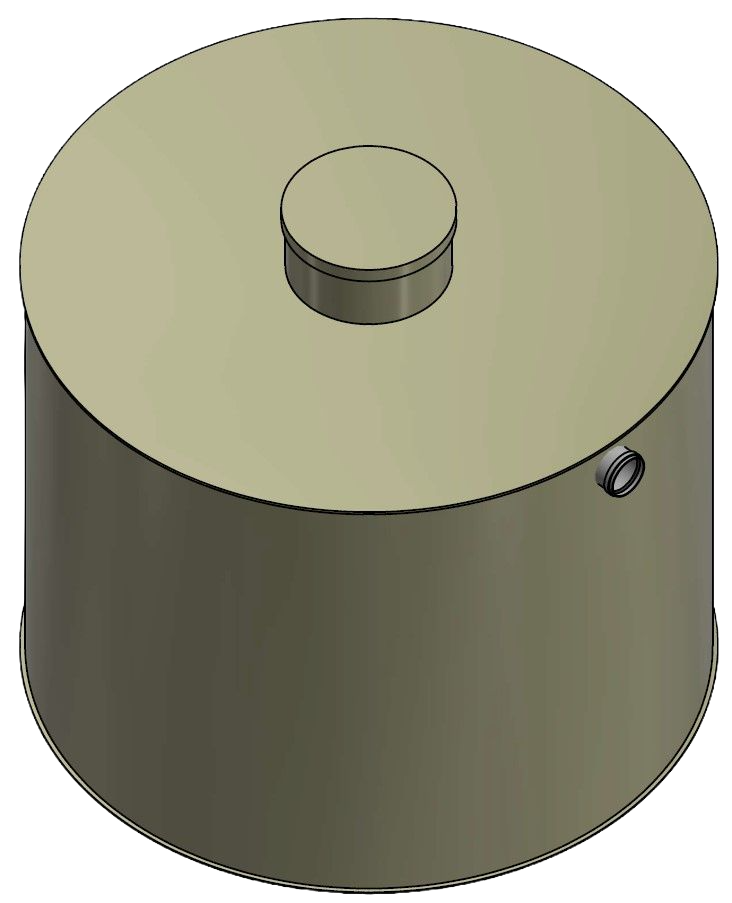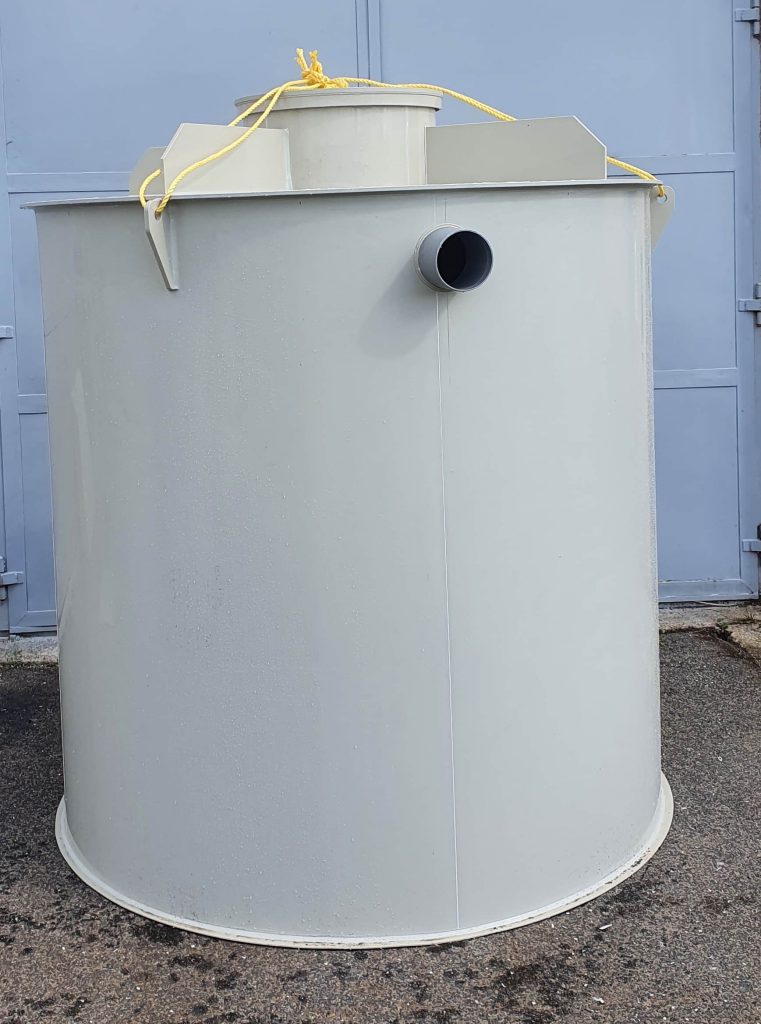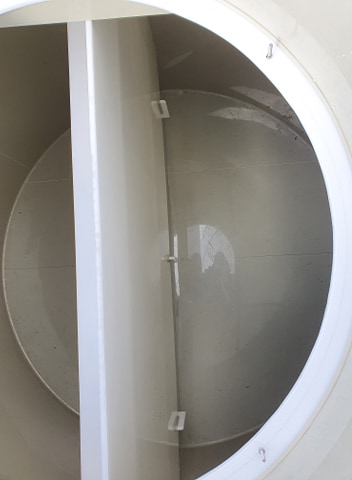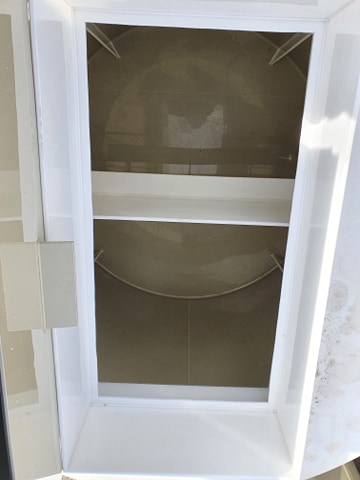Self-supporting
This element is designed to be placed in a trench under the underlying concrete slab. Once placed, it is backfilled with soil so that it is firmly anchored and can serve as a stable foundation. This makes it safe to walk over the element after the subsequent backfilling of the clearance area. In this way, the stability of the structure is ensured and at the same time comfortable handling of the element is made possible.




